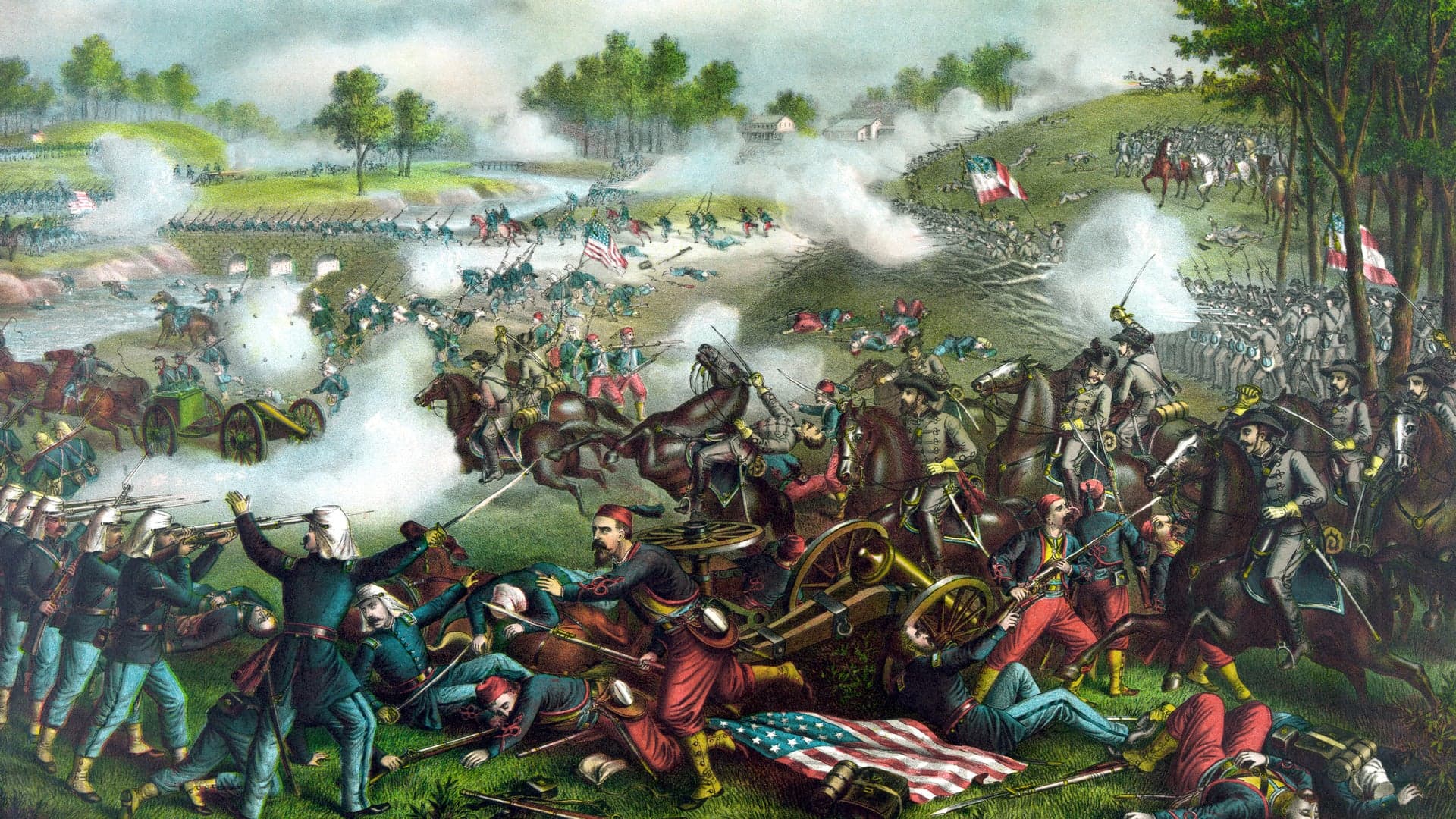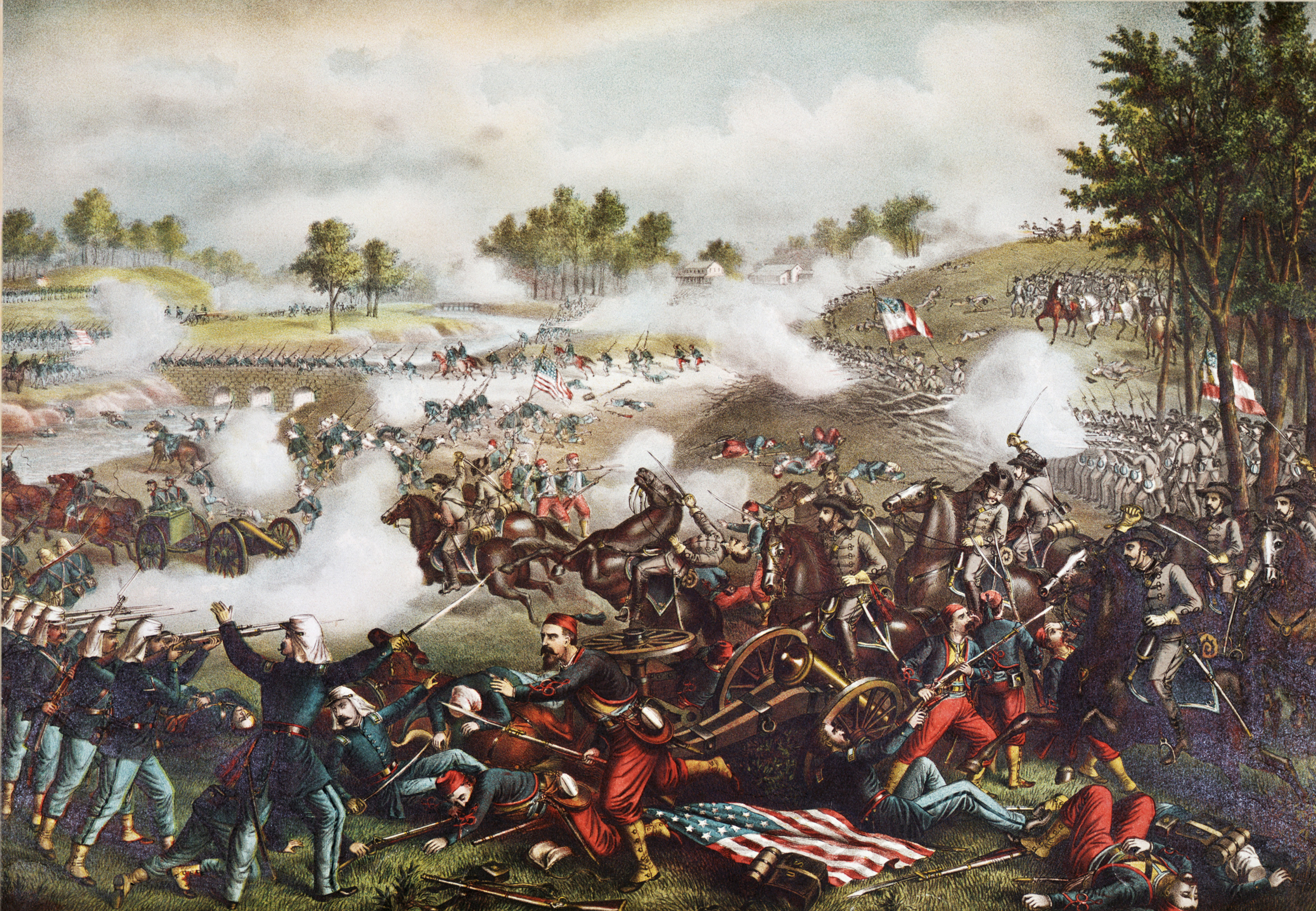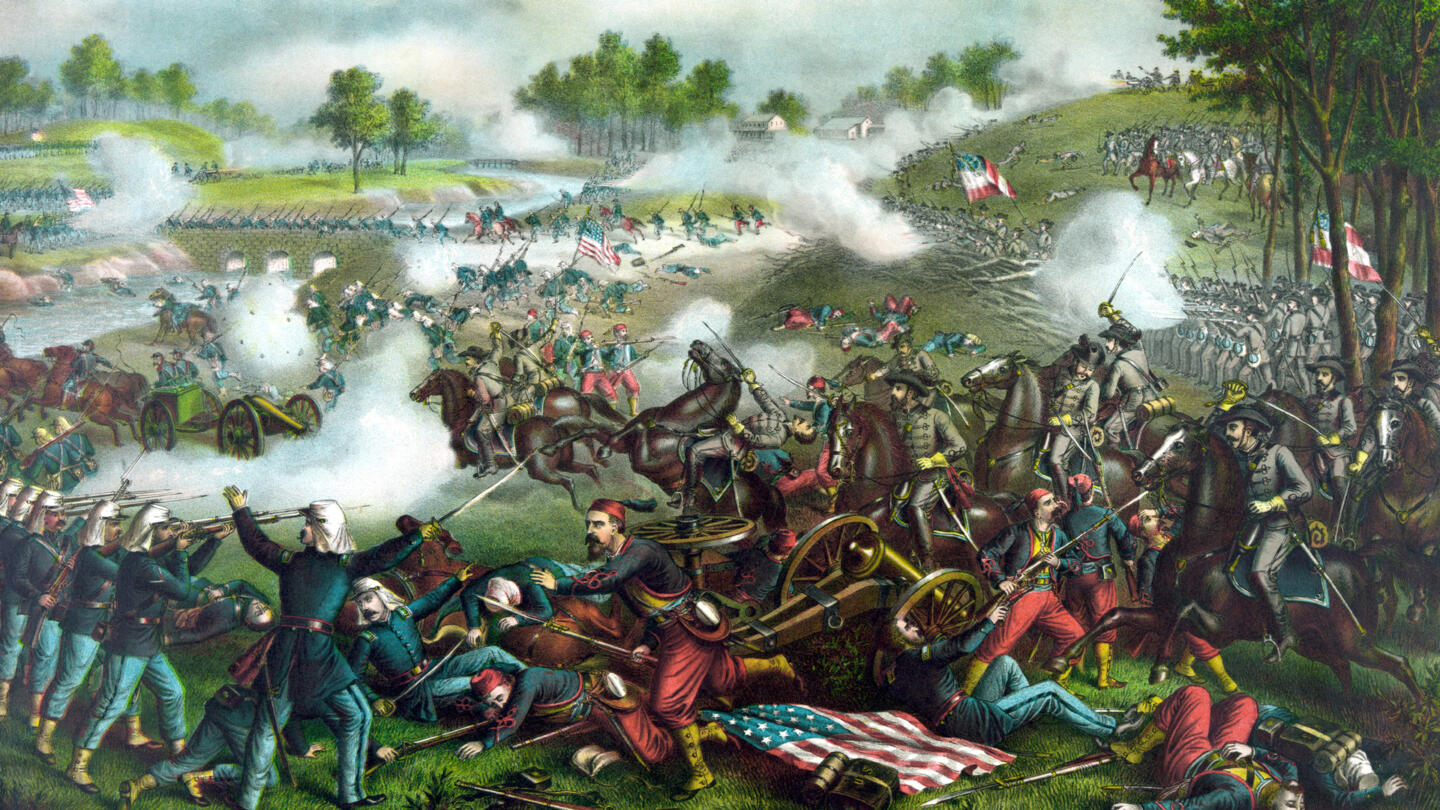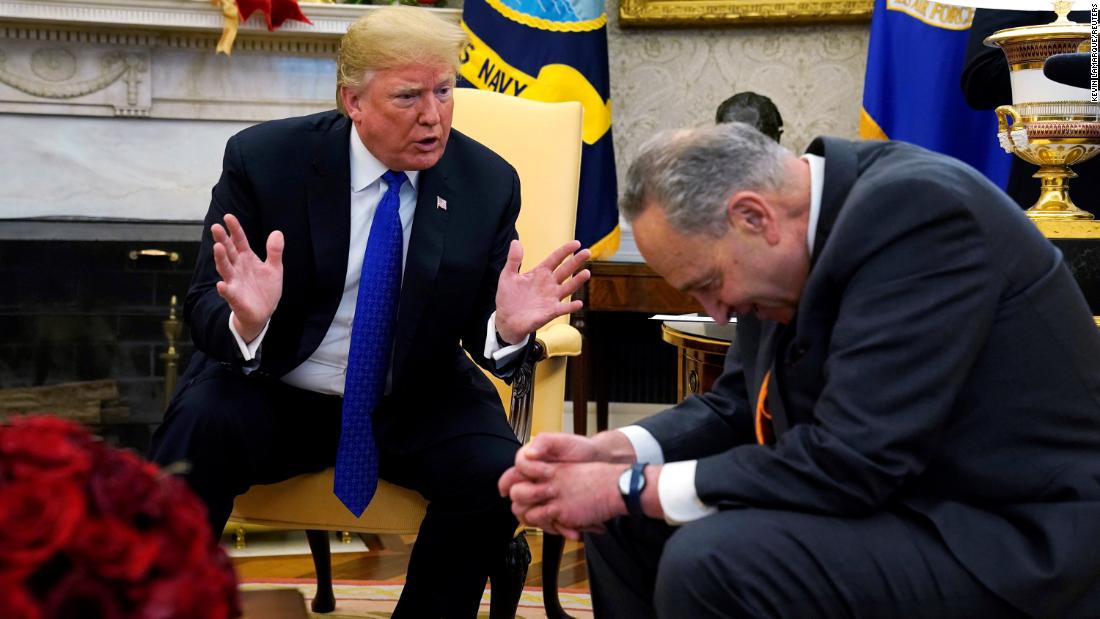In Part One of this article I attempted to illuminate the concept of generational theory as articulated by Strauss and Howe in The Fourth Turning. In Part Two I provided proof this Crisis is far from over, with ever increasing debt, civic decay and global disorder propelling the world towards war.

Seeds of Crisis & War
“The seasons of time offer no guarantees. For modern societies, no less than for all forms of life, transformative change is discontinuous. For what seems an eternity, history goes nowhere – and then it suddenly flings us forward across some vast chaos that defies any mortal effort to plan our way there. The Fourth Turning will try our souls – and the saecular rhythm tells us that much will depend on how we face up to that trial. The saeculum does not reveal whether the story will have a happy ending, but it does tell us how and when our choices will make a difference.” – Strauss & Howe – The Fourth Turning

When you accept the fact history is cyclical and continuous linear progress is not what transpires in the real world, you free yourself from the mental debilitation of normalcy bias and cognitive dissonance. Things do get worse. There are dark periods of history and they recur on a regular cycle. And we are in the midst of one of those dark periods. This Crisis will not be resolved without much pain, sacrifice, bloodshed, and ultimately war. Catastrophe is a strong possibility. The core elements of this Crisis – debt, civic decay, global disorder – are coalescing into a perfect storm which will rage for the next ten to fifteen years. The rhythms of history only provide a guidepost of timing, while the specific events and outcomes are unknowable in advance. The regeneracy of society into a cohesive, unified community, supporting the government in a collective effort to solve society’s most fundamental problems seems to have been delayed. Or has it?
Maybe the answer can be found in the resolution of the last Fourth Turning. The seeds of the next crisis are always planted during the climax of the previous crisis, when the new social order is established. The American Revolution Crisis created a new nation, but left unresolved the issue of slavery. This seed grew to become the catalyst for the Civil War Crisis. The resolution of the Civil War Crisis greatly enhanced the power of the central government, while reducing the influence of the States. The rise of central authority led to the creation of the Federal Reserve, the implementation of income taxes to fund a vastly larger Federal government and the belief among the political class that America should intervene militarily in the affairs of other countries. The Great Depression was created by the monetary policies of the Federal Reserve; the New Deal programs were a further expansion of Federal government; FDR outlawed the ownership of gold; and America’s subsequent involvement in World War II created a military and economic superpower.
Continue reading “FOURTH TURNING – THE SHADOW OF CRISIS HAS NOT PASSED – PART THREE”











